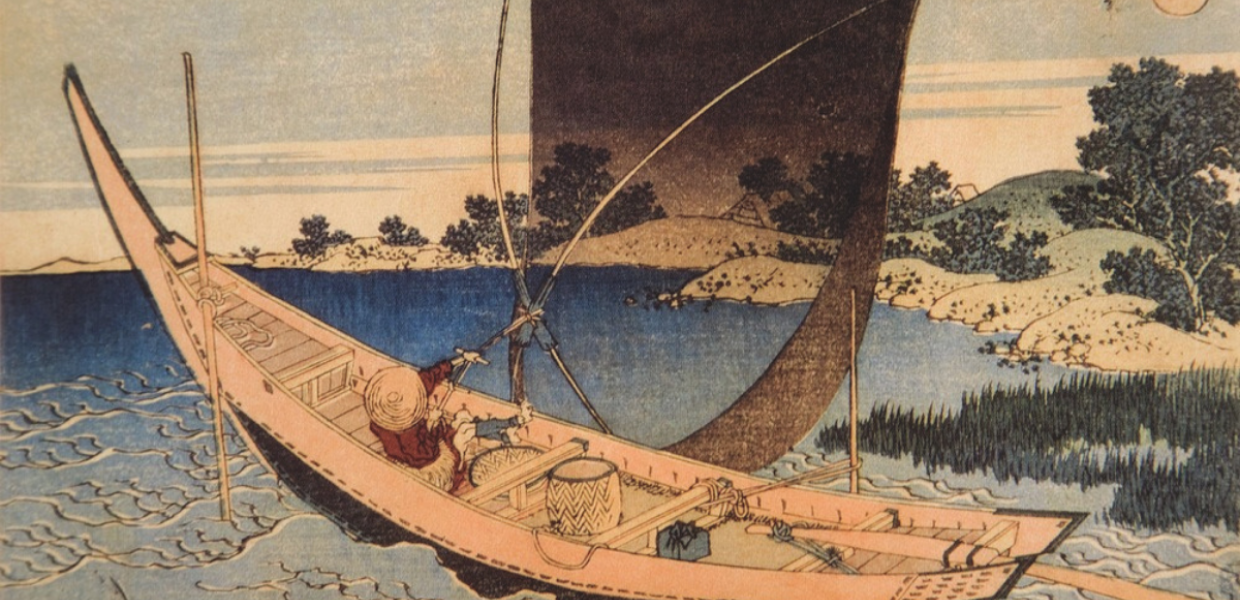Orphan works and a black hole of cultural heritage
Orphan works (referred to in a broad sense and not necessarily in the sense of the Orphan Works Directive) are works in copyright where the rights holders are either unknown or cannot be traced. Across EU heritage institutions, there are probably hundreds of millions of orphan works, sometimes representing up to 40-50% of collection items. Due to their nature, the requirements of copyright law and the lack of fit for purpose solutions, orphan works represent a massive issue for the mass digitisation and publication (including online) of assets owned by cultural heritage institutions across Europe. The lack of access to orphan works has created a black hole of cultural heritage.
For many years, risk management has provided the only possible option for cultural heritage institutions to make their orphan works available online. The 2012 Orphan Works Directive was an important development in providing a solution to help open up online access to orphan works held by heritage institutions across the EU and facilitate mass digitisation of the treasures in their collections. It requires reasonable searches to establish if rights holders could be located and if not, heritage institutions can register details of their orphan works on an EUIPO Orphan Works database. Once this is done, orphan works can be published online with little risk.
The ongoing relevance of risk management
Disappointingly, due to a number of issues the EU Orphan Works Directive has not been as widely used as hoped, and risk management remains an important consideration for institutions, including in the UK and those across the EU not using the Orphan Works Directive. Notably, until the UK left the EU on 1st January 2021, UK heritage institutions had used the Orphan Works Directive to publish some of their orphan works online. When the cross-border copyright arrangements unique to EU member states stopped, UK heritage institutions who had already used the Orphan Works Exception were no longer able to use it as a basis for their online reproduction of orphan works, and could no longer consider its use for any future online publication of their orphan works.
Looking ahead, the EU Copyright Directive includes important provisions and exceptions for cultural heritage institutions, libraries and archives which enable the online reproduction of out-of-commerce works, including orphan works. While countries across the EU are currently implementing the Copyright Directive, unfortunately, UK institutions will not be able to benefit from these provisions because of the UK leaving the EU and choosing not to implement the EU Copyright Directive. In addition, the UK’s Orphan Works Licensing Scheme, run by the UK Government, only covers the use of orphan works in the UK, which does not eliminate the legal risk entirely if something is made available online and is therefore accessible and used from a country other than the UK. Consequently, for UK institutions and those across the EU not using the Orphan Works Directive, risk management becomes an even more important consideration in opening up access to their orphan works.
A checklist for risk management
It is important to stress that risk management is an institutional choice. It should always be carefully considered against any likely risks and costs, as well as documented. If your institution decides to reproduce its orphan works, then the following risk assessment checklist could be useful:
Keep records of all attempts made to contact the rights holders.
Accompany the reproduction of orphan works with attribution statements where known.
Introduce notice and take down policies and procedures to enable the removal of orphan works should the rights holders come forward.
Reproduce images in low resolution.
Assess the specific risks of reproducing orphan works on a case by case basis, for example, according to the type of work, subject matter and age, to reduce the risk of high profile rights holders coming forward.
Restrict any use to 'Non-Commercial research or private study.'
Put money aside in case rights holders come forward and/or take out insurance
Carry out reasonable searches. These can include image Recognition Software – use free sites like TinEye and Advanced Google Search.
Check the acknowledgements and notes of published works/exhibition catalogues about the author.
Check the internet for information about the creator of the material and keep a record of all searches where appropriate.
Check the WATCH file on the Internet for information about artists and writers (entered through WATCH).
Check other organisations which might hold works by that artist/creator and contact them to see whether they can provide any information about the rights holder.
Check with collecting societies.
Establish whether the work has been lent/bequeathed/given by the rights holder. If so, can the person who gave the material provide any contact information for the rights holder?
Check whether the material is held in a Picture Library or stock photography agency.
Check if the work by an academic, student, member of support staff or anyone else directly (or indirectly) connected with your organisation.
Place an advert in a relevant trade journal or magazine in order to trace the rights holder.
If the artist or author is still living, then you may be able to find their contact address through online directory enquiries.
If you would like to find out more about copyright and the cultural heritage sector, join the Europeana Copyright Community through the Europeana Network Association!

